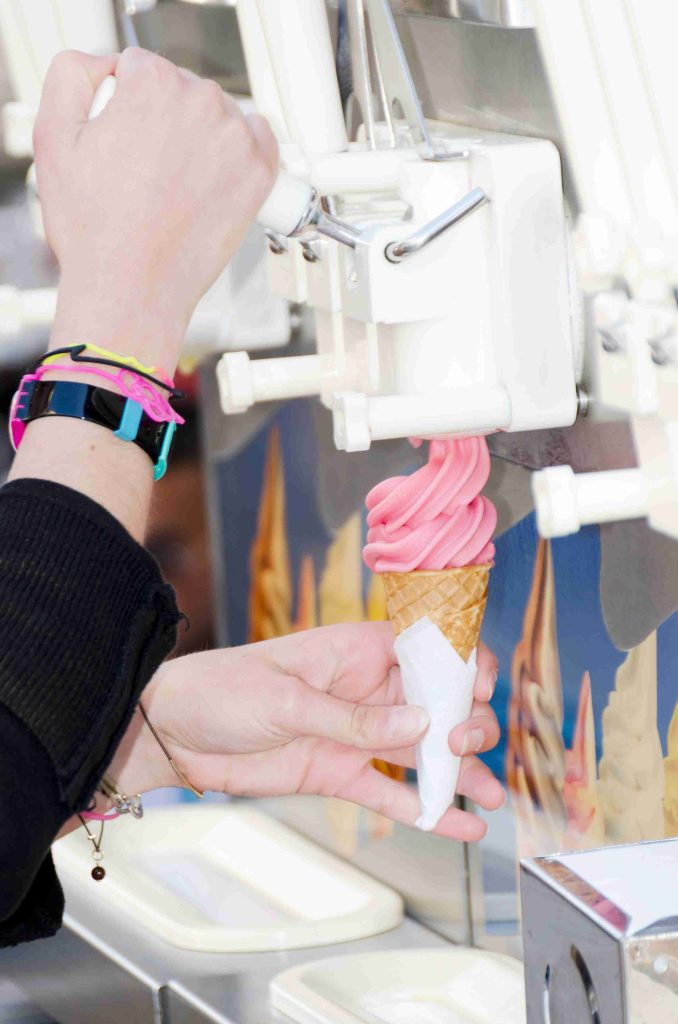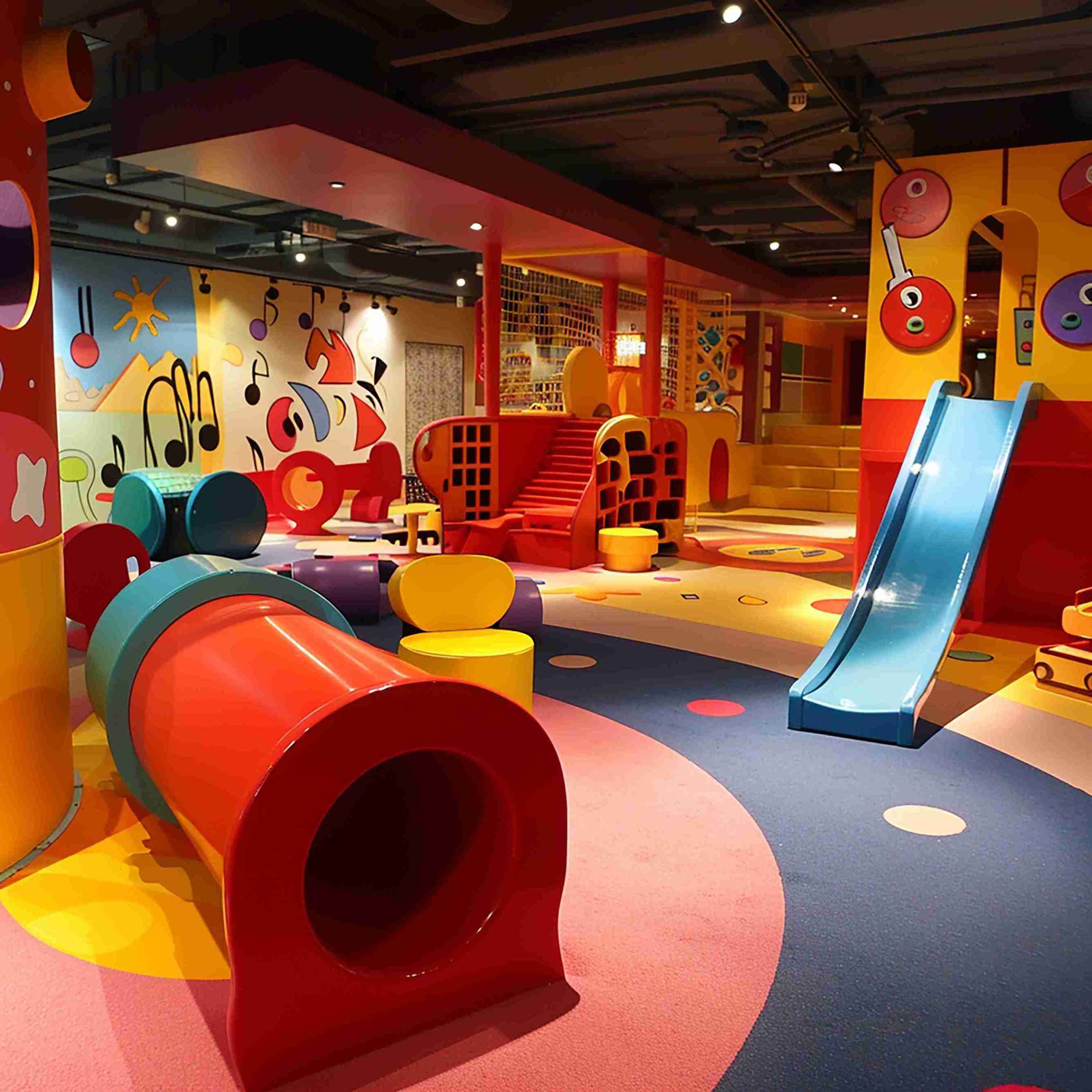Imagine that you are walking in a crowded airport or university corridor on a hot day. You notice a shiny machine that serves fresh and creamy ice cream in less than 60 seconds, no human attendant, no waiting and you have the right amount of ice cream. You push a button and poof! the machine whirrs. But beneath that cool exterior lies a precise, calculated movement orchestrated by a humble yet vital mechanical component: the worm gear.
We are always glad about the convenience and the novelty of an ice-cream vending machine, and many people have no idea of the complex mechanics that make it work. There is a hidden ballet of motors, sensors, and gear systems behind each cup of soft serve, all of which combine to bring the sweetness to perfection.
What role does a worm gear play in all this? And why, then, is it so necessary to vending machines that sell perishable, frozen products?
We will see by lifting the lid.
The Rise of the Ice-Cream Vending Machine:
The idea of vending machines is not something new. We have even witnessed them offering snacks, drinks, even electronics. Yet, in the last ten years, an ice-cream vending machine has become a new frontier. These machines do not simply hold pre-packaged snacks; they will actually serve fresh, creamy servings on demand, and may even allow you to select a flavor and add toppings.
These machines are emerging in malls, hospitals, theme parks, airports, and technologically advanced workplaces as a result of growing demand for contactless service. They are convenient and new and tend to attract large crowds because they are automated, clean, and consistent.
These machines provide what was a manual, labor-intensive product with compact refrigeration units, integrated payment systems, and digital interface, all fully automated. But cooling is not enough to create ice cream on the spot, since it needs mechanical accuracy and in viscous substances and fragile handling.
That is where mechanical design comes into play.
The Science of the Chill: How Do These Machines Do That?
Ice-cream vending machine, at first sight, appears to be a simple machine: you insert the money, you get dessert. However behind the scenes, the system is a delicate dance of moving components. Depending on the complexity of the machine, you will find:
- A refrigeration chamber to maintain optimal ice cream temperature
- A cup dispenser mechanism
- Motorized flavor valves or levers for selecting multiple options
- A rotating or sliding platform for aligning the dispensing nozzle
- A robotic arm or controlled nozzle to fill the cup precisely
These elements should be well coordinated. Minor mishaps may lead to spillages, overflow or incorrect servings. The control of motion is extremely important, not only in aesthetics but also in the operational reliability, food safety and the mechanical durability.

Motors and gears are used by the manufacturers to drive these activities and provide slow, steady movement with high torque, particularly in small mechanical areas. One of the best solutions? The worm gear.
Understanding Worm Gear Mechanisms in Vending Applications:
So, what exactly is a worm gear?
A worm gear is a type of gear configuration that consists of a worm (a screw-like shaft) that meshes with a worm wheel (a toothed gear). The worm rotates the wheel with high reduction ratio, the fast motor input is converted to slow strong output.
The peculiar structure has a number of benefits:
- High torque output in compact space
- Smooth, vibration-free movement
- Self-locking capability, preventing the system from back-driving
- Quiet operation, essential in public-facing machines
Worm gears are often used in devices requiring precise, low-speed motion, such as conveyor systems, lift mechanisms, and yes — vending machines. They are ideal in an area where space is small, security is paramount and movement has to be precise.
In ice-cream vending systems, worm gears are typically found in:
- Cup dispensing mechanisms
- Rotating flavor selection valves
- Arm positioning systems
- Nozzle or tray alignment systems
Why Worm Gears Are Ideal for Ice-Cream Vending Machines?
Among all gear types, why are worm gears specifically favored in automated ice-cream machines?
- Smooth Dispensing: Ice cream is a semi-solid, viscous material. Worm gears provide consistent, non-jerky motion that ensures a clean and even fill, reducing product waste and improving visual appeal.
- Compact Design: Ice-cream vending machines need to fit into small spaces like lobbies, corners, or countertops. Worm gears offer high reduction ratios in a tight footprint — eliminating the need for large or complex gear systems.
- Self-Locking for Safety: With a worm gear setup, the system naturally resists reverse motion. This is essential in food dispensing — no accidental drops, drips, or sudden resets if power fails.
- Quiet Operation: Machines placed in public or indoor environments must run quietly. Worm gears produce minimal noise, ensuring they’re unobtrusive and consumer-friendly.
- Durability: These gears have fewer points of contact and can be built from corrosion-resistant materials. They offer longevity even in environments with cold, sticky, or food-grade residues.
Innovation Ahead: Smarter Servings with Smarter Gearing
The ice-cream vending machines are changing rapidly today. We are witnessing equipment that enables ordering with a smartphone, live inventory tracking, customization of flavors, and even facial recognition loyalty programs. However, there is also the internal mechanical architecture improving, in conjunction with this digital front end.
Standard gear mechanisms are now being combined with stepper motors, sensors, and AI-assisted controls manufactured by manufacturers. In this hybrid setup, worm gears continue to play a vital role by maintaining mechanical control even in semi-autonomous environments. Sensors will be able to check the wear of the gear, positional error, and give warnings prior to any problem affecting customer experience.
In future, modular gear assemblies may even be incorporated into the system, so that vending machines can change product types (i.e. switch between ice cream and smoothies) by swapping out gear-driven modules. Through the integration of smart drive technology, worm gears are becoming not only more efficient, but more adaptive.
The possibility is more than ice cream. These same technologies are inspiring advances in automated coffee kiosks, pancake machines, and robotic baristas — all relying, in part, on worm gear motion control for safe, precise, and reliable service.
Conclusion:
An ice-cream vending machine is a source of convenience and pleasure to the ordinary customer. However, behind its fun-loving interface, there is a world of mechanical genius. And at the heart of that world is the worm gear — a quiet, powerful enabler of precision, safety, and smooth service.
These gears do not only make machines move, but they also contribute to the setting of the consumer experience, so that all the portions are delivered perfectly, hygienically, and on time. As food automation continues to grow, worm gears will remain a vital part of the mechanical conversation, connecting old-school engineering with next-generation convenience.
Next time you put a scoop of vanilla swirl in a vending machine, keep in mind: you are not eating dessert, you are seeing a masterpiece of motion possible only with the help of one of the most underestimated elements of modern engineering.




